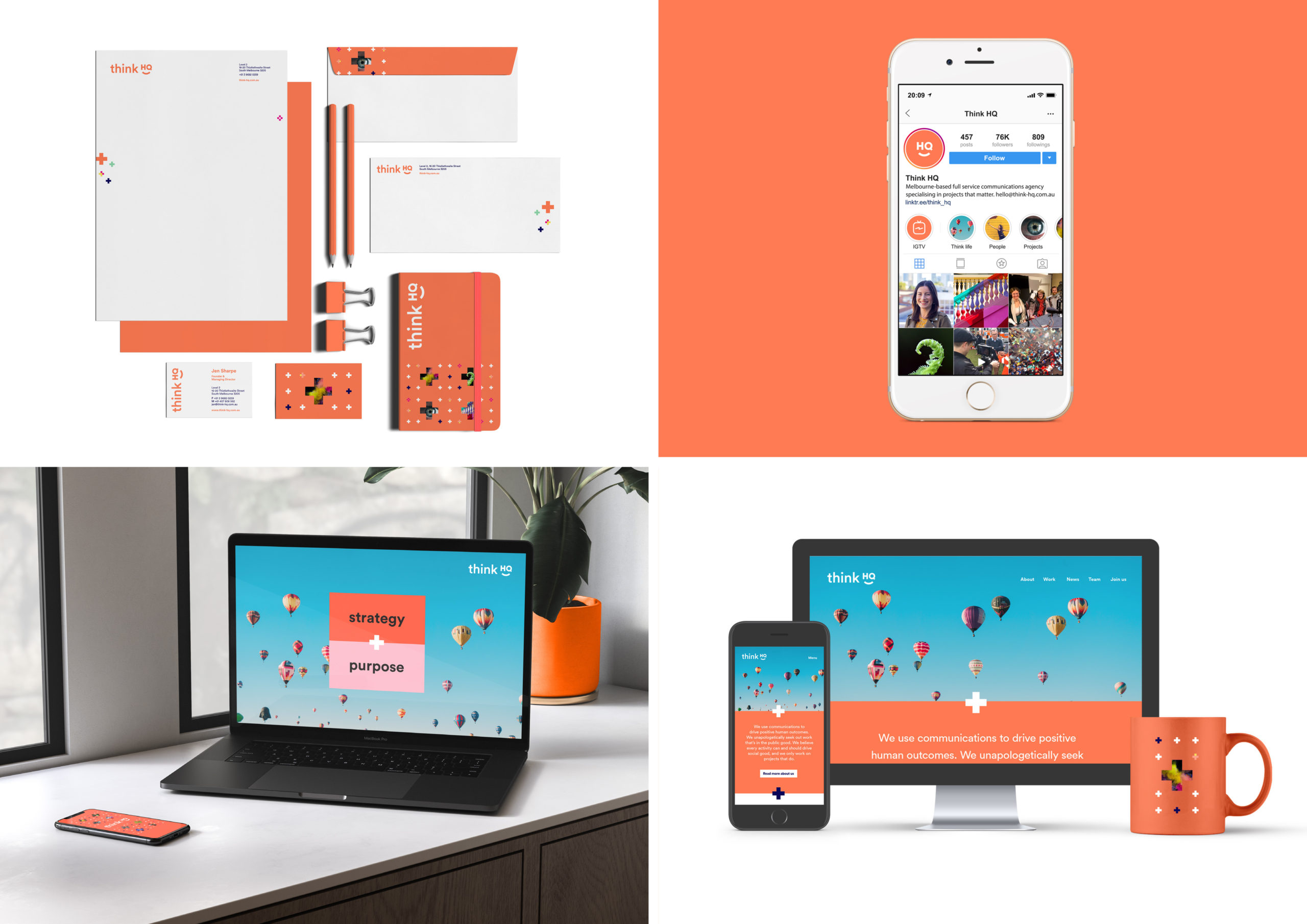Brands, like clothes, have to fit right

It’s like putting on a particular outfit to say something about yourself to the world. You might wear a suit to appear professional, bold colours to appear artistic, or a beaten leather jacket to show you’re a rebel.
The funny thing is, it works. Clothes change other people’s perceptions of us, but they can also change our own behaviour. The thing is, unless those traits you’re trying to peacock about are actually an aspect of your personality, you’re going to have a hard time keeping up the show for very long. Eventually, the dissonance between the outside and the inside will not only make you uncomfortable, it will become obvious to others.
The second way to approach branding is to really get to know your client. What values are at the heart of their organisation? What do they have to offer, what problems are they solving in the world? Who are the people that would benefit from engaging with them? Then, using the same tools as in the first approach, you work to articulate the true personality of your client. But instead of putting them in a costume, or hiding them behind a mask, you dress them in an outfit that makes the most of their attributes and helps connect them to like-minded audiences.
I learnt this lesson first-hand in the process of creating the new Think HQ branding. I, as a new recruit to the Think HQ team, had a certain impression of what the company was about, but didn’t have a deeper knowledge of its personality. So I started with the simple questions: Who is Think HQ’s audience? What do they want? What brand archetype would they connect with?
For me, the process of articulating a brand’s personality always begins with moodboards. These start off being fairly rough, but they help me to understand the different ways the brand’s personality could manifest. When you are writing, you make choices between similar words: “verdant” or “green”, “slow” or “ponderous”. The words might have definitions that are so similar that the choice doesn’t affect your overall meaning, but it definitely changes the mood of your message — it changes the personality of the voice behind what you’re saying. Similarly, there will be several appropriate solutions to a branding brief. Offering a small, but broad selection of possibilities will help your client to think about their brand and what aspects they want to highlight.

This definition could be condensed into our important attributes: expertise, knowledge, trustworthiness, approachability, lack of pretension, care, and values-driven.
Still, even having honed in on this, there are different ways to express these attributes. Do you play up the positivity, the friendliness of Think HQ? Or do you highlight their long years of experience and the expertise they’ve established in that time? Or do you concentrate on the art of storytelling, the connections between people, which is at the heart of Think HQ’s work and many of the organisations that they work with?
Add to this the strategic goal of wanting our brand to stand out amongst the many communications and creative agencies out there, and you can see why branding can be a daunting task!
Led by Think HQ Founder and Managing Director Jen Sharpe, we pruned our directions down to three. This is where more refined moodboards came in, which feed into the fun of actual visual design. You get to flesh out your ideas and work out how they will be applied to real life requirements. Here, you start to get a sense of whether that outfit you’ve selected really suits the personality you’re trying to hang it on.



We were so sure about this design concept, that we developed it further and presented it to the whole company. It was bold and new, and so different to the old brand that everyone was really excited about it.
But here’s the thing, the outfit still didn’t fit quite right. As I said earlier, strong brand strategy is vital, but it’s the understanding that comes from relationships that ensures that crisp new suit matches the wearer well. In this case, what Jen knew, and what I came to understand having been part of the team for longer, is that this new branding was missing something: the people. Think HQ is serious and smart, and tackles its mission of becoming the most inclusive agency in the world with the ferocity it deserves, but all that intellectualism doesn’t lessen the joy taken in the work. That energy, compassion and playfulness — the genuine care that can be taken in the work by insisting on it being aligned to specific values — is why Think HQ is successful.
The people are the organisation. Any visual identity that did not reflect that was never going to feel right. After this realisation, everything fell into place very naturally.

A form of this article originally appeared on Think HQ’s blog.